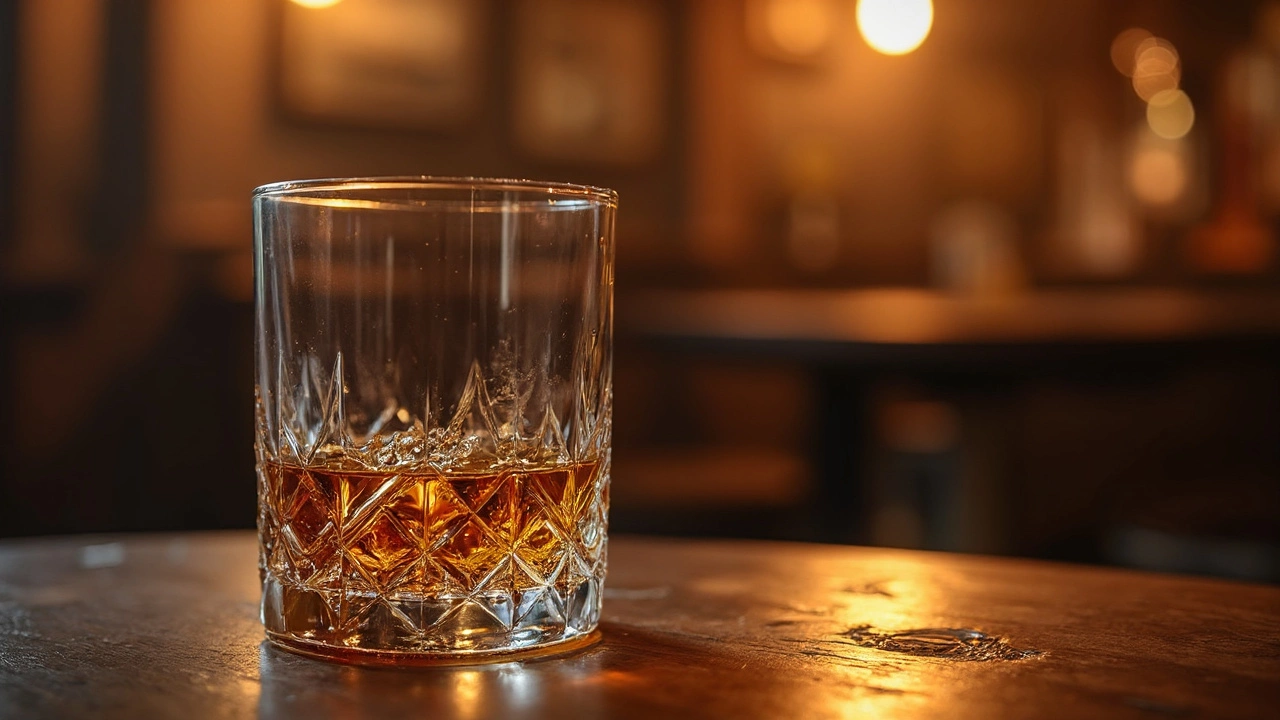Whisky Analysis: Simple Tips for Tasting, Evaluating & Pairing
If you’ve ever stared at a bottle of whisky and wondered what the fuss is about, you’re not alone. Whisky analysis isn’t a magic trick – it’s just paying attention to a few basics: what you see, what you smell, what you taste, and how long it lingers. Follow these steps and you’ll start to pick up the notes that make each dram unique.
How to Analyze a Whisky
1. Look at the color. Hold the glass up to light. Dark amber may mean the spirit spent time in a heavily charred barrel, while a pale gold often signals a younger whisky or one aged in a lighter cask. The color itself doesn’t tell the whole story, but it gives a clue about the barrel type.
2. Give it a swirl and sniff. Gently swirl the whisky to release aromatics, then bring the glass to your nose. Take a short sniff, pause, and then a deeper sniff. Common scents include caramel, vanilla, fruit, spice, and smoke. If you notice a sweet smell, that’s usually vanilla from American oak. A smoky whiff points to peat‑cured malt.
3. Take a sip and let it sit. Let the liquid coat your tongue before you swallow. Notice the first flavors (sweet, salty, bitter) and then the middle notes. A good whisky will change as it moves across your palate. Look for layers – maybe you taste honey first, then a hint of orange, followed by a touch of pepper.
4. Watch the finish. After you swallow, pay attention to how long the taste lasts and what’s left behind. A short finish might mean a lighter spirit, while a long, warm finish often indicates higher alcohol or richer cask influence.
Practice makes perfect. Don’t worry if you can’t name every note right away. Over time you’ll start recognizing patterns and will be able to compare whiskies more confidently.
Foods That Boost Your Whisky Experience
What you eat before a tasting can sharpen your senses. Choose something that cleanses the palate without adding strong flavors that clash with the whisky.
Light crackers or plain toast. The bland texture wipes away lingering flavors from previous drinks and gives your mouth a neutral base.
Soft cheese. A mild cheese like brie or a creamy goat cheese adds a subtle fat that smooths the whisky’s edge, making the sweet and spicy notes pop.
Fresh fruit. Apple slices or a few grapes bring a natural acidity that can highlight fruitier whiskies, especially those with pear or apple notes.
Avoid heavy, spicy foods right before tasting. Strong garlic, onions, or heavily seasoned dishes can mask the whisky’s aromas and make it harder to pick out the subtleties.
After you’ve finished your dram, you can keep the tasting going by pairing it with a small bite that complements the whisky’s profile. For a smoky Islay, try a smoked salmon or a piece of dark chocolate. For a sweet, honey‑laden dram, a nutty shortbread works nicely.
Remember, the goal isn’t to turn the tasting into a fancy dinner – it’s to keep your palate clear so you can enjoy the whisky fully. A few simple snacks, a bit of focus, and the basic steps above will turn any whisky session into a rewarding experience.
Now that you have the basics, grab a glass, pick a whisky you’ve never tried, and give these steps a go. You’ll be surprised how much more interesting each sip becomes.
Whiskey legs, also known as 'tears' or 'fingers,' are the streaks that form on the inside of a glass when you swirl your whiskey. They tell us more than just how pretty the glass looks. These mysterious lines can give insights into the whiskey's alcohol content and viscosity. Whether you're a newbie or a seasoned taster, understanding whiskey legs can enhance your drinking experience.
View Details

